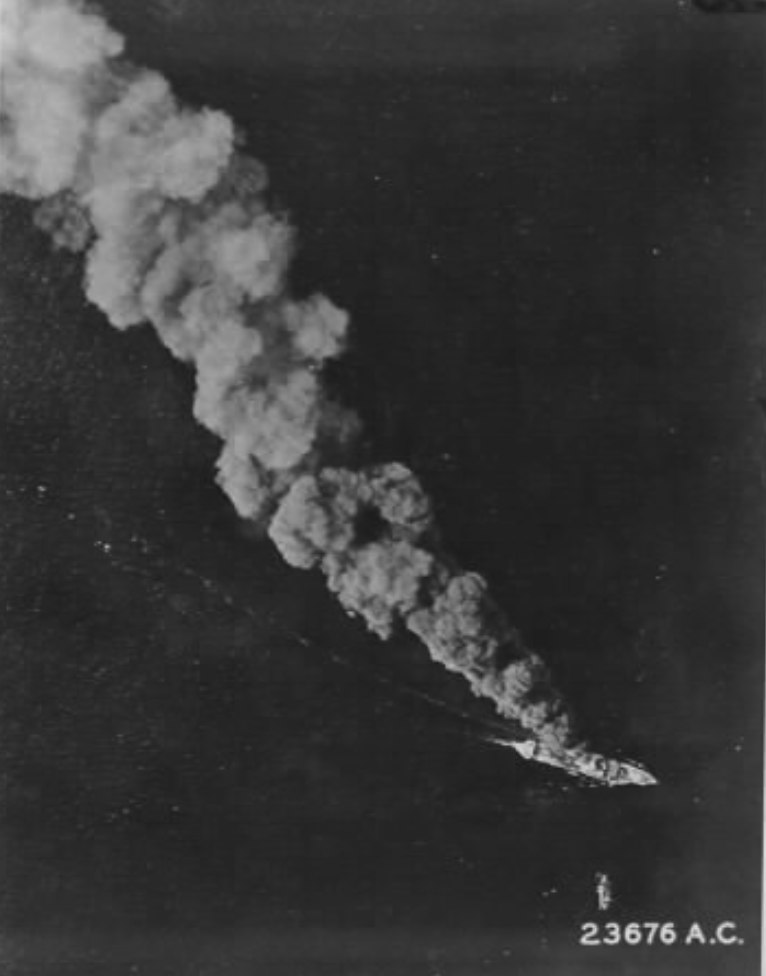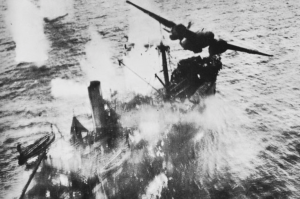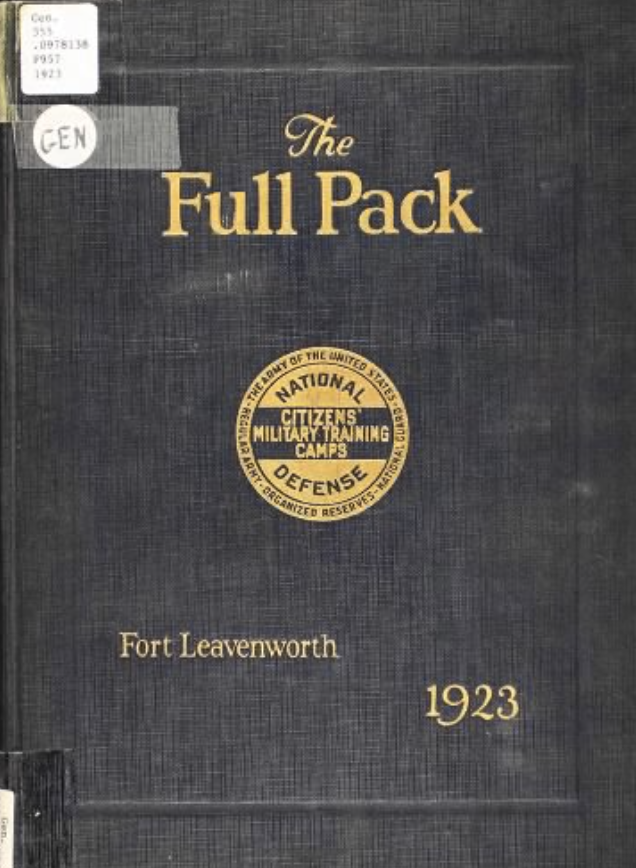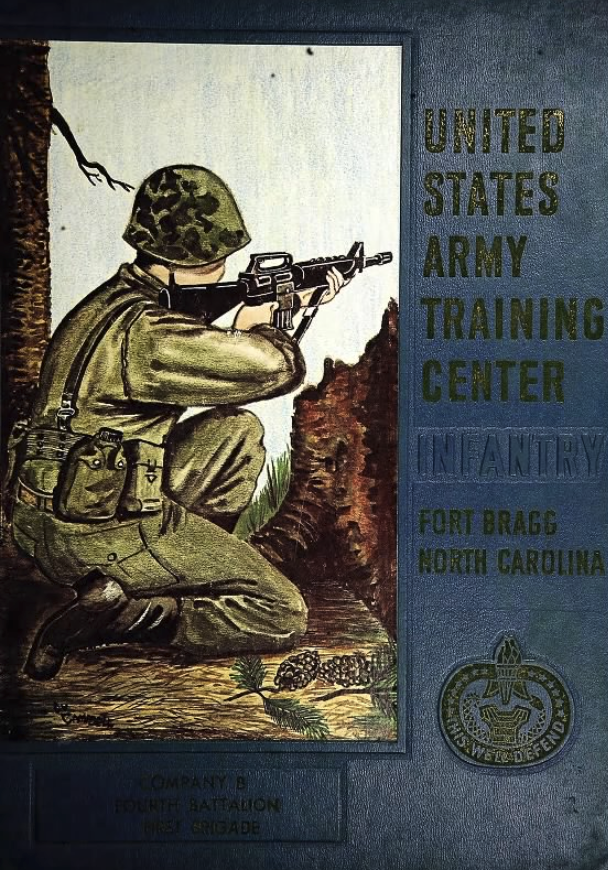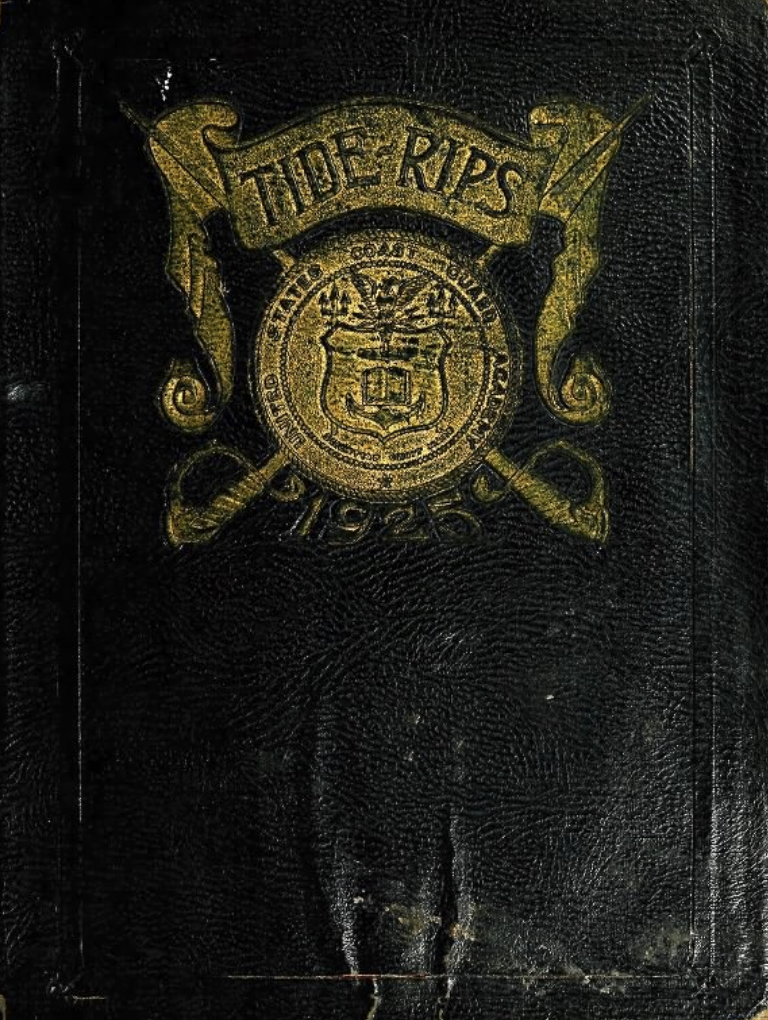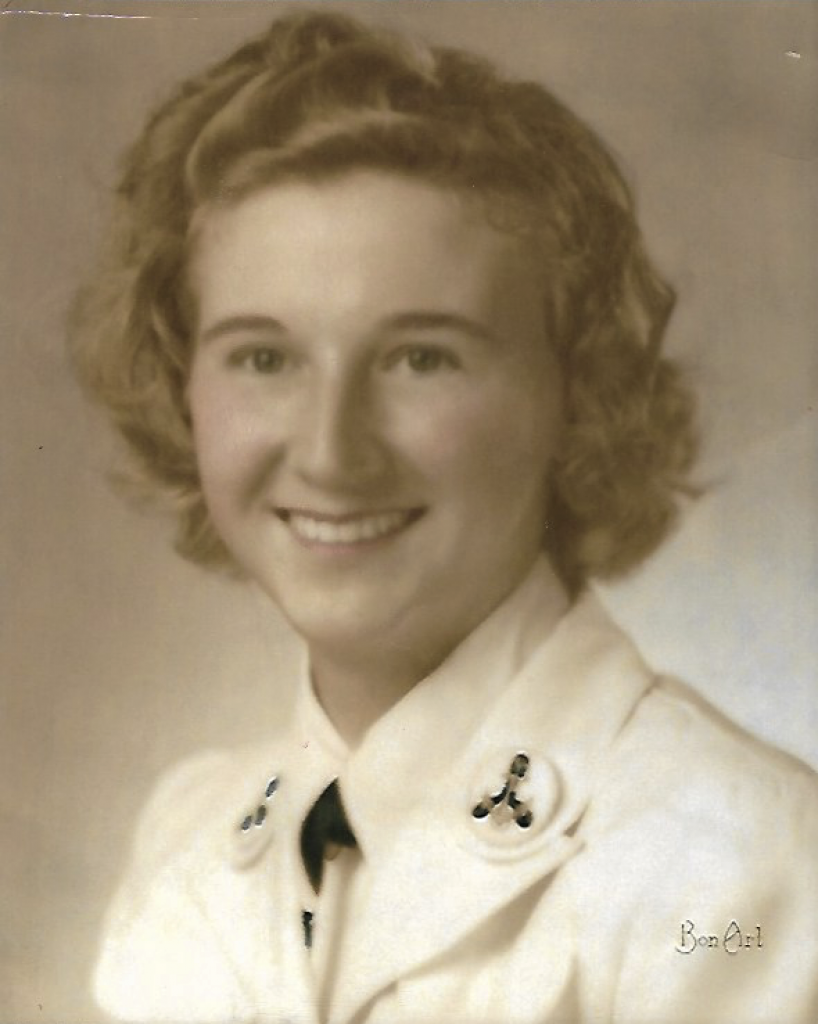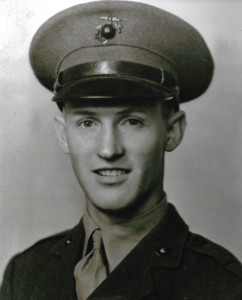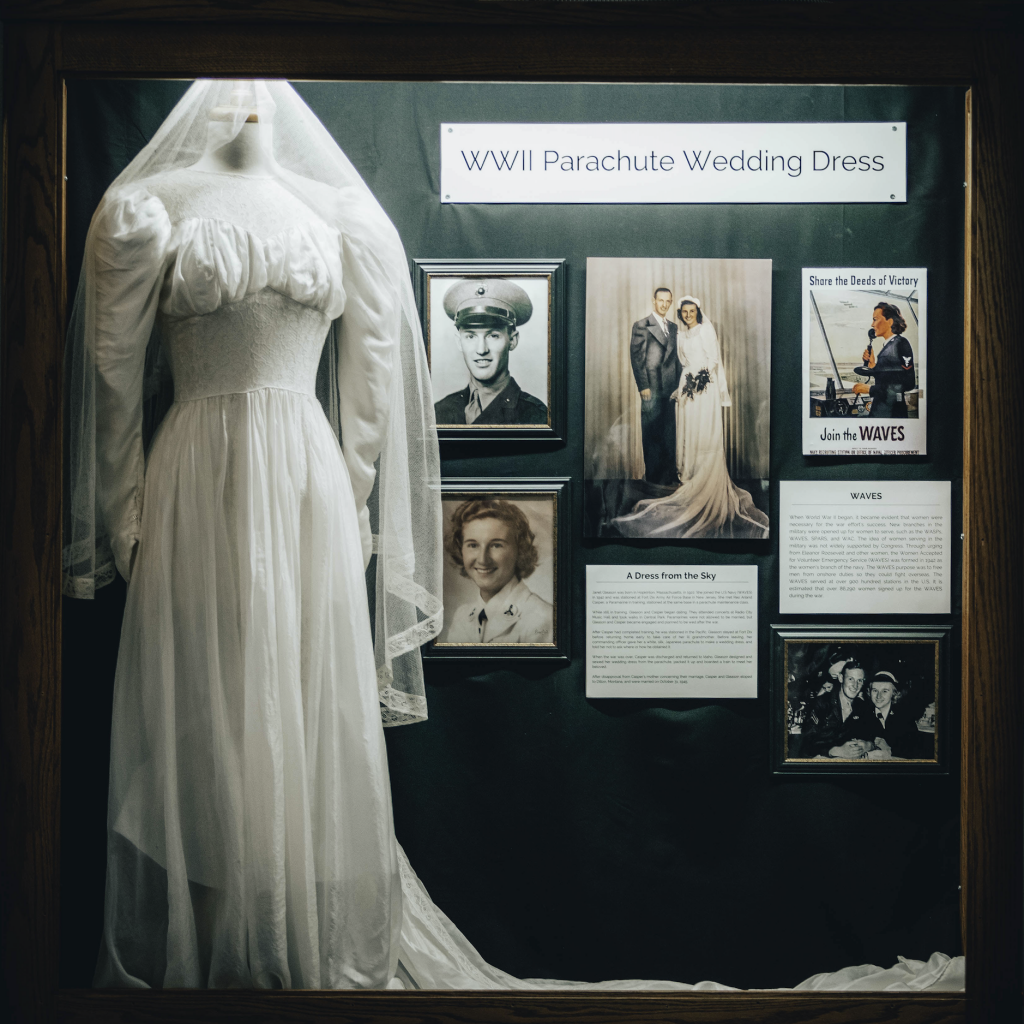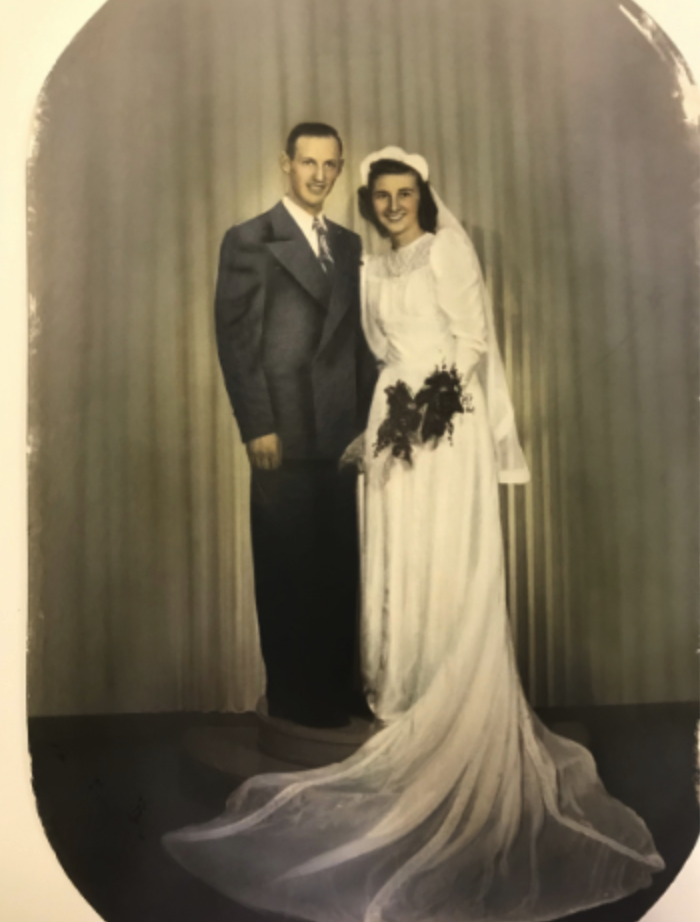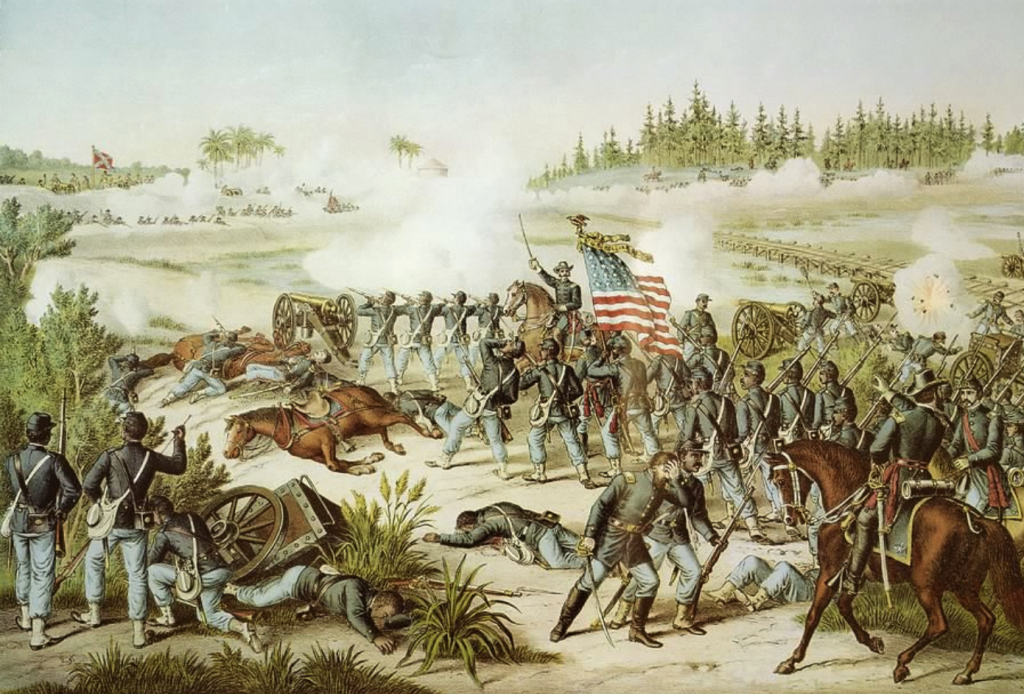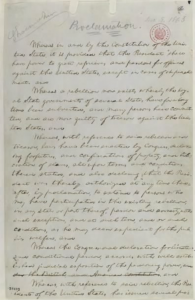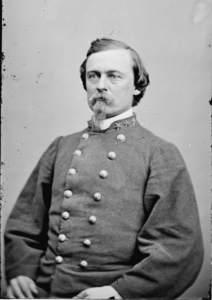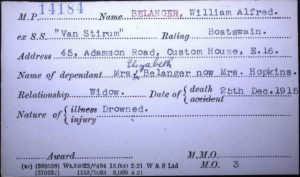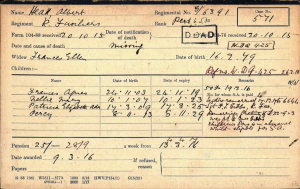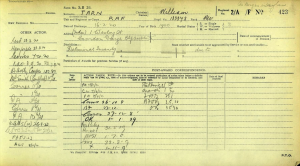The 92nd Infantry Division, also known as Buffalo Soldiers, was the only Black infantry division to see combat in Europe during WWII. They served as part of the U.S. Fifth Army in Italy’s Po Valley and the northern Apennine Mountains, where they helped penetrate the Gothic Line (Germany’s last major line of defense against Allied forces pushing north). The division paid a heavy price, losing an estimated 700 soldiers. To date, 50 soldiers from the 92nd remain unaccounted for, and the Defense POW/MIA Accounting Agency (DPAA) would like to use DNA analysis from surviving family members to identify them. We’re teaming up with the DPAA to help spread the word and track down the families of these fallen soldiers. Let’s honor the sacrifices of the 92nd Infantry Division and help bring them home!

To positively identify the missing members of the 92nd, the Defense POW/MIA Accounting Agency (DPAA) started the “92nd Infantry Project” in 2014. Of the 53 soldiers unidentified at the end of the war, 50 are still unaccounted for. One major obstacle that stands in the way of positive identification is family reference DNA samples.

The 92nd Infantry Division was a segregated division of primarily white officers and Black enlisted soldiers. They fought in WWI, and following the war, the division was deactivated. About 10 months after America entered WWII, the division was reactivated again. Soldiers received training at Fort Huachuca in Arizona before deploying to Italy in July 1944. They saw significant action against German troops with offensive campaigns in the Serchio River Valley and Massa. They participated in Operation Fourth Term in February 1945 and liberated the cities of La Spezia and Genoa in April.
Two soldiers from the 92nd received Medals of Honor, Vernon J. Baker, and John R. Fox. Vernon Baker served in the 380th Infantry Regiment and displayed extraordinary heroism at Castle Aghinolfi in the Apennine Mountains. The Castle was a German strongpoint and Baker and about 25 men were within 250 yards of the ancient fortress when Baker noticed two cylindrical objects pointing out of a slit in the mountain. He crawled up to them and stuck his M-1 rifle into the slit and fired, killing the occupants of the observation post. Next, he came upon a well-camouflaged machine-gun nest and killed both enemy soldiers. Baker’s heroics continued and he destroyed three machine-gun positions, an observation post, a dugout with enemy soldiers, and nine of the enemy. Initially, he was denied the Medal of Honor because the Army refused to award the honor to Black soldiers. Later, he became one of seven Black WWII soldiers that received the Medal of Honor when President Bill Clinton recognized their achievements in 1997.

John R. Fox served with the Cannon Company of the 366th Infantry Regiment, 92nd Division. On December 25, 1944, enemy soldiers dressed in civilian clothes infiltrated the Italian town of Sommocolonia. Fox was serving as a forward observer with the 598th Artillery Battalion and stayed behind when the enemy unleashed a heavy barrage, forcing US troops to withdraw. He remained on the second floor of a house, directing defensive artillery fire. The enemy advanced towards the house as Fox called in adjustments. Realizing that another adjustment might bring fire down upon him, he went ahead and called for artillery fire. Later, after a counterattack, American troops retook the position and found Fox’s body along with the bodies of some 100 German soldiers. His courageous actions at the cost of his own life earned him a posthumous Medal of Honor, also awarded by President Clinton, in 1997.
Baker and Fox represent just two of the heroic soldiers from the 92nd. The DPAA hopes to honor the sacrifice of each unknown soldier from this division. There are currently 51 unknown soldiers buried in the Florence American Cemetery that may be associated with casualties from the 92nd Infantry Division. The Army Casualty Office would like to find family members of the 92nd to request a DNA sample. The task has proven challenging because many families relocated after the war, and surviving family members sometimes distrust the government. The wounds of racial discrimination run deep and are still healing. Identification of unaccounted soldiers can’t correct the injustice but does allow their families, and the country to honor their service and pay tribute to their sacrifice.
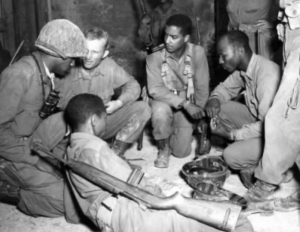
The Armed Forces Medical Examiner System (AFMES) is the agency charged with collecting the DNA samples. They operate under strict laws that prevent any misconduct, and results are kept in a secure AFMES database. The collected DNA samples are only used to identify fallen heroes.
If you are the family of someone unaccounted for from the 92nd Infantry Division, please contact the Army Casualty Office at (800) 892-2490 to arrange to give a DNA sample. To learn more about the 92nd Infantry Regiment, search Fold3® today.

